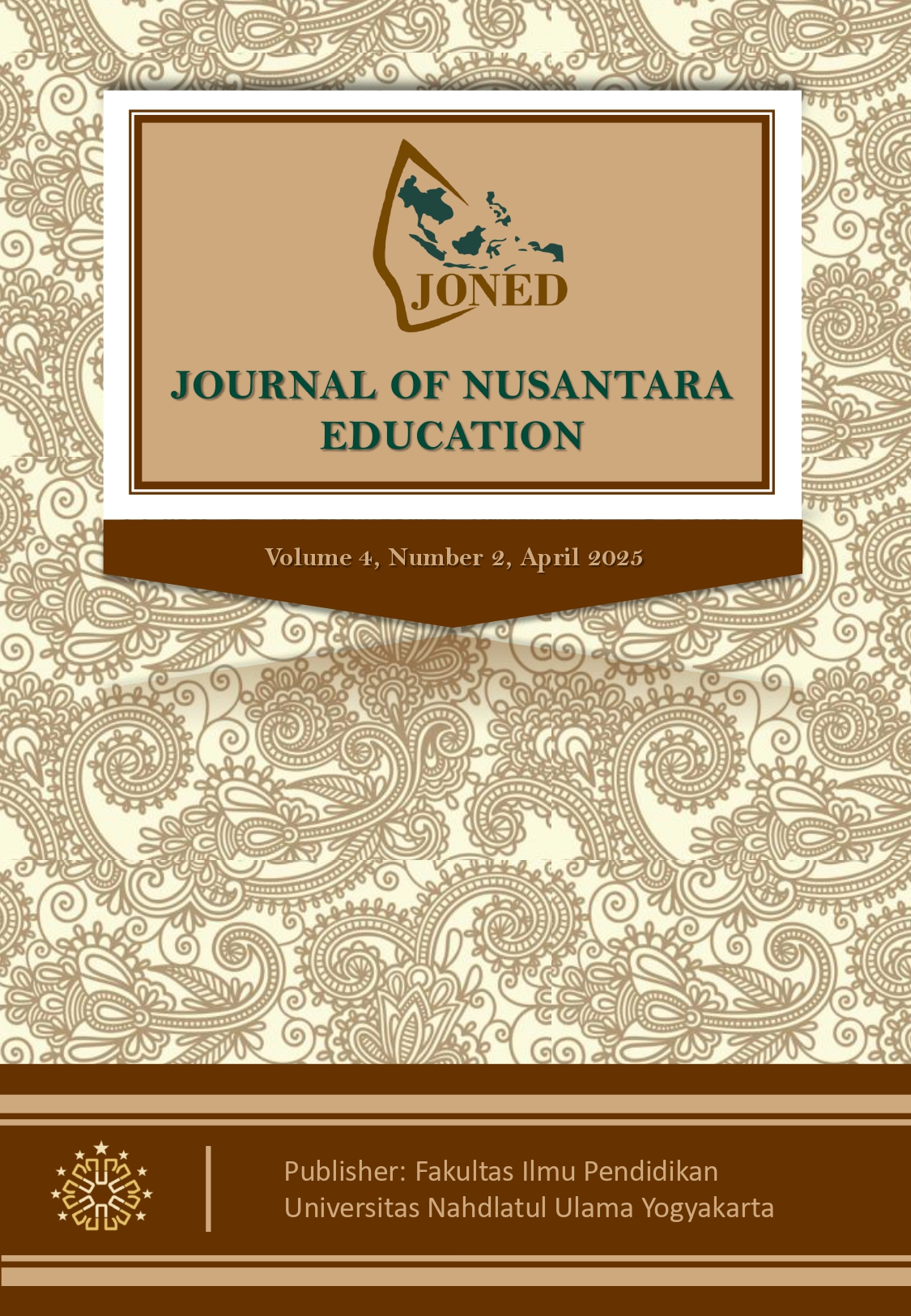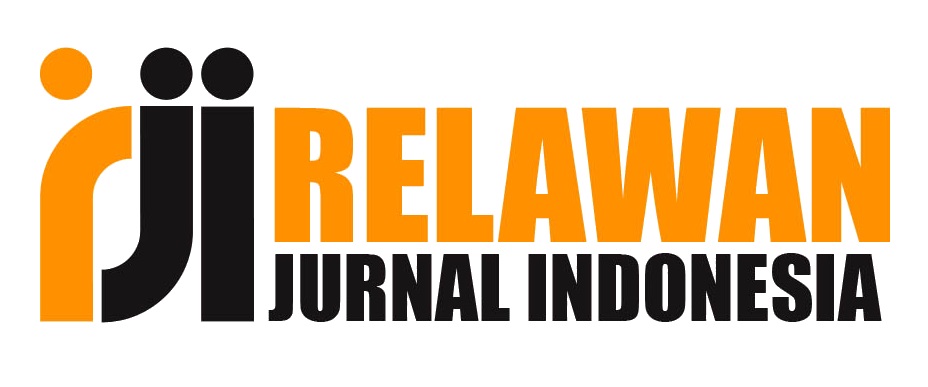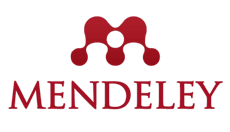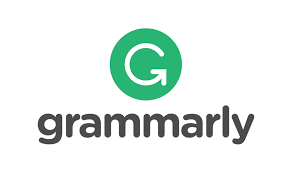Efektivitas Video TalkShow “Tonight Show Starring Jimmy Fallon” di YouTube terhadap Kemampuan Menyimak Siswa
DOI:
https://doi.org/10.57176/jn.v4i2.135Keywords:
Listening Skills, Learning Media, YouTube Video, Quasi-experimentalAbstract
Penelitian ini bertujuan untuk mengetahui efektivitas penggunaan video talk show berbahasa Inggris di YouTube terhadap kemampuan menyimak siswa kelas 8 SMPN 5 Cilegon. Desain penelitian kuantitatif yang digunakan dalam penelitian ini adalah metode penelitian eksperimen, dengan sampel terdiri dari 30 siswa di kelas eksperimen dan 30 siswa di kelas kontrol. Peneliti menggunakan pendekatan kuasi-eksperimen untuk pengumpulan data. Berdasarkan temuan, terdapat perbedaan antara kelas eksperimen yang menggunakan video talk show berbahasa Inggris sebagai media pembelajaran dan kelas kontrol yang menerima pengajaran konvensional. Efektivitas pembelajaran di kelas eksperimen lebih nyata dibandingkan dengan kelas kontrol. Peneliti menyimpulkan bahwa penggunaan video talk show berbahasa Inggris di YouTube dalam proses pembelajaran menunjukkan efektivitas dalam mengajar siswa kelas 8 SMPN 5 Cilegon pada tahun ajaran 2023/2024. Uji hipotesis dalam penelitian ini, yang dilakukan menggunakan uji Independent Sample T-test, menunjukkan signifikansi (2-tailed) kurang dari 0,05, sehingga hipotesis nol (Ho) ditolak dan hipotesis alternatif (Ha) diterima. Selain itu, nilai effect size sebesar 1,215 menunjukkan tingkat pengaruh yang tinggi. Hal ini menunjukkan bahwa penggunaan video talk show berbahasa Inggris di YouTube sebagai media pembelajaran memiliki dampak positif terhadap efektivitas belajar siswa di kelas, dan penggunaan YouTube: The Tonight Show Starring Jimmy Fallon direkomendasikan sebagai media pengajaran untuk meningkatkan kemampuan menyimak siswa.
_________________________________________________________________________________
This research aim to determine of effectivenes of using English talk show video on Youtube towards students listening skills at 8th grade students of SMPN 5 Cilegon. The quantitative research design used in this study is an experimental research method, with sample comprising 30 students in experimental class and 30 students in the control class. The researcher employed a quasi-experimental appoarch for data collection. Based on the findings, there were differences between experimental class were the class that uses English talk show videos as a learning media and the control class which received conventional instruction. The effectiveness of learning in the experimental class was more evident compared to the control class. The researcher concluded that the use of English talk show videos on YouTube in the learning process demonstrated effectiveness in teaching eighth-grade students at SMPN 5 Cilegon during the 2023/2024 academic year. The hypothesis test in this study, conducted using an Independent Sample T-test, showed a significance (2-tailed) of less than 0.05, leading to the rejection of the null hypothesis (Ho) and the acceptance of the alternative hypothesis (Ha). Additionally, the effect size of 1.215 indicated a high level of impact. This demonstrates that the use of English talk show videos on YouTube as a learning medium had a positive effect on students' learning effectiveness in class and the use o YouTube: The Tonight Show Starring Jimmy Fallon in the classroom is recommended as a teaching medium for students listening skills.
References
Alqahtani, E. T. (2014). Effectiveness of using YouTube on enhancing EFL students’ listening comprehension skills (Unpublished doctoral dissertation). Kingdom of Saudi Arabia Ministry of Higher Education. https://www.awej.org/images/Theseanddissertation/EbtissamAlqahtani/ebtissamalqahtanifullthesis.pdf
Bahri, S. D. (2006). Strategi Belajar Mengajar. Jakarta: Rineka Cipta.
Bonk, C. J., & Zhang, K. (2006). Introducing the R2D2 Model: Online learning for the diverse learners of this world. Distance Education, 27(2), 249–264. https://doi.org/10.1080/01587910600789670
Brown, H. D. (2004). Language assessment: Principles and classroom practice (p. 118). Pearson Education
Jemadu, D. P. L. (2022, February 23). Jumlah pengguna media sosial Indonesia capai 191.4 juta per 2022. Suara.com. https://www.suara.com/tekno/2022/02/23/19180%0A9/jumlah-pengguna-media-sosial-indonesiacapai-1914-juta-per-2022?page=1
Miscellanea. (2022, February 19). Definition of media according to experts (Full discussion). InFotech. https://infotech-web.com/en/advices/9643-definition-of-media-according-to-experts-full-discussion
Nurgiyantoro. (2010). Penilaian Bahasa Berbasis Kompetensi. Yogyakarta: BPFE-Yogyakarta
Pambudi, R. D. (2021). Equilibria Pendidikan Jurnal Ilmiah Pendidikan Ekonomi. Equilibria Pendidilan, 6(2), 57–64.
Perry, E. (2022, August 31). 7 types of listening that can change your life and work. BetterUp. https://www.betterup.com/blog/types-of-listening
Prace, B. (2009). Using Web-Based Resources in Teaching Listening. Brno University.
Rouse, M. (2016, December 15). TechDictionary. Diambil kembali dari techopedia: https://www.techopedia.com/definition/5219/youtube
Rustamov, I., & Ataboyev, I. M. (2022). The importance of listening and speaking in learning English. Journal of Foreign Languages and Linguistics, 5(5), 77. https://phys-tech.jdpu.uz/index.php/fll/article/view/7881
Sadiman, & Arief, S. (2009). Media pendidikan: Pengertian, pengembangan, dan pemanfaatannya. Rajawali Pers. https://api.semanticscholar.org/CorpusID:192406748
Slamet. (2008). Dasar-dasar Keterampilan Bahasa Indonesia . Surakarta: UNS Press.
Suri, D., Zulkarnain, I., & Rahmawati, W. T. (2022). The effect of PowerPoint presentation technique on students’ achievement in listening. Excellence: Journal Of English And English Education, 2(1), 16–20. https://doi.org/10.47662/ejeee.v2i1.333
Sunendar, I. &. (2013). Strategi Pembelajaran Bahasa Asing . Bandung: PT Remaja Rosdakarya. Suri, D., Zulkarnain, I., & Rahmawati, W. T. (2022). The effect of PowerPoint presentation technique on students’ achievement in listening. Excellence: Journal Of English And English Education, 2(1), 16–20. https://doi.org/10.47662/ejeee.v2i1.333
Downloads
Published
How to Cite
Issue
Section
License
Copyright (c) 2025 Meillita Puan Maharani, Ika Handayani, Yusti Fargianti

This work is licensed under a Creative Commons Attribution-ShareAlike 4.0 International License.
You are free to:
- Share — copy and redistribute the material in any medium or format for any purpose, even commercially.
- Adapt — remix, transform, and build upon the material for any purpose, even commercially.
- The licensor cannot revoke these freedoms as long as you follow the license terms.
Under the following terms:
- Attribution — You must give appropriate credit , provide a link to the license, and indicate if changes were made . You may do so in any reasonable manner, but not in any way that suggests the licensor endorses you or your use.
- ShareAlike — If you remix, transform, or build upon the material, you must distribute your contributions under the same license as the original.
- No additional restrictions — You may not apply legal terms or technological measures that legally restrict others from doing anything the license permits.
Notices:
You do not have to comply with the license for elements of the material in the public domain or where your use is permitted by an applicable exception or limitation .
No warranties are given. The license may not give you all of the permissions necessary for your intended use. For example, other rights such as publicity, privacy, or moral rights may limit how you use the material.
















